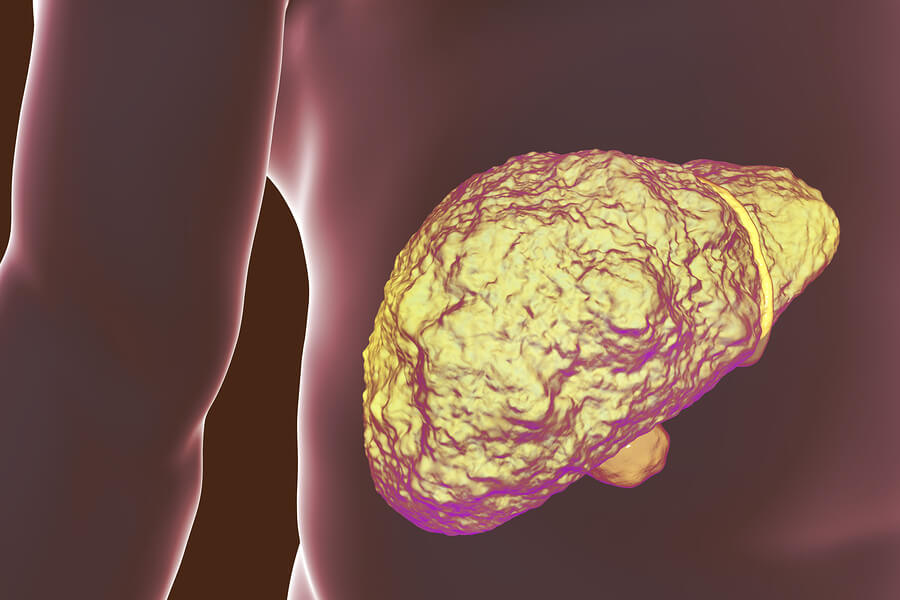
The terms “alcoholic” and “alcoholism” are still commonly used in modern society, but this is a layperson’s description with little clinical use. Moreover, researchers, physicians, therapists, and other health professionals require accord on the different levels of alcohol consumption.
The Diagnostic and Statistical Manual of Mental Disorders (DSM) provides professionals in the mental health industry with a diagnostic tool that helps them to recognize various mental health conditions, including alcohol use disorder. For the purposes of this article, the terms “alcoholism” and “alcohol use disorder” can be used interchangeably.
What Is Alcohol Use Disorder (AUD)?
According to the Mayo Clinic, alcohol use disorder is “a pattern of alcohol use that involves problems controlling one’s drinking, being preoccupied with alcohol, continuing to use alcohol even when it causes problems, having to drink more to get the same effect, or having withdrawal symptoms when you rapidly decrease or stop drinking.”
Although the intensity of an alcohol use disorder varies between individuals, the DSM-5 provides health providers with a set of 11 factors that can help them in the diagnosis of an alcohol use disorder and its severity. These criteria may also be considered to be signs of alcoholism, depending on their number and intensity.
DSM-5 Criteria for Alcohol Use Disorder
To determine whether you or loved one may have AUD and signs of alcoholism, here are some questions to ask that are based on the DSM’s 11 key factors. In the past year, have you or someone you know…
…encountered times when you ended up drinking more or for longer than you originally intended?
…wanted to cut down or stop drinking more than once, or tried to, but failed to do so?
…spent a considerable amount of time drinking or recovering from the after-effects?
…experienced cravings, or a strong need, or urge, to drink, perhaps so much so that you couldn’t think of anything else?
…found that drinking or being ill from drinking often interfered with home or family responsibilities, or caused problems on the job or at school?
…continued to drink despite the fact that it was causing trouble with family or friends?
…given up or neglected activities that were once considered important or interesting to you, or gave you enjoyment, in favor of drinking?
…more than once were involved in situations while or after drinking that increased your risk of getting hurt (such as driving, using machinery, swimming or having unsafe sex)?
…continued to drink although it was making you feel depressed or anxious or contributing to another health problem, or after having had a blackout (memory lapse)?
…had to drink more than you once did to get the effect you desire or found that your customary number of drinks had less effect than before?
…discovered that when the effects of alcohol were subsiding, you experienced withdrawal symptoms, such as insomnia, shakiness, irritability, anxiety, depression, restlessness, nausea, vomiting, or sweating?

If a person has encountered at least two of the 11 factors in the past year, then the person is diagnosable as having an alcohol use disorder. The existence of two or three factors is considered mild alcohol use disorder, four to five symptoms are considered to be moderate, and six or more is acknowledged as severe.
The 11 factors are intended to address both the physical and psychological components of alcohol use disorder. It is important to note that physical dependence is one component of addiction, but it is not addiction in and of itself. Moreover, a person can be physically/chemically dependent on alcohol or another substance without being psychologically dependent upon it.
Two hallmark signs of alcoholism are the development of tolerance and dependence followed by withdrawal symptoms. As tolerance increases, a person who drinks alcohol will require a higher amount in order to experience the desired effects. Withdrawal symptoms are caused by the body’s adaption to the continued presence of alcohol (dependence) and manifest as a response to its abrupt absence.
Common withdrawal symptoms may include anxiety, confusion, tremors, racing heart, headache, nausea, vomiting, and fatigue.
Mild Alcohol Use Disorder
Regarding DSM-5 criteria, new alcohol users might exhibit 0-2 of the 11 symptoms discussed, and in the long run, these may not prove to be persistent signs of alcoholism. Unfortunately, it’s impossible to know for sure if social or occasional drinking will lead to the development of an alcohol use disorder.
Most often, individuals at this stage are either high school students or young adults, such as college students or young professionals. Drinking is still largely considered to be a social event, and binge drinking as a way of partying is often a hallmark pattern of abuse. Moreover, these individuals may not be regular drinkers, but binge drinking alone still places them at an increased risk of developing an alcohol use disorder.
According to the National Institute on Alcohol Abuse and Alcoholism (NIAAA), binge drinking occurs when a person achieves a blood alcohol concentration of 0.08% or higher within two hours. For women, this may only require about four drinks, and in men, five drinks are standard.
Some binge drinkers will not progress beyond this phase to drink frequently. Those who do continue to drink regularly, however, may be environmentally or genetically predisposed to do so, based on a family history of alcoholism, childhood trauma, mental illness, and any number of other factors.
Moderate Alcohol Use Disorder
Moderate alcohol use disorder is correlated to both with the frequency of consumption as well as one’s primary purpose for drinking. Generally, this level of problematic drinking is associated with a lack of control over one’s alcohol use and signs that it is interfering with one’s normal life activities and responsibilities. At this stage, a person may not be chemically dependent on alcohol.
If alcohol dependence does develop, however, it will likely be more difficult to stop drinking due to the onset of withdrawal symptoms and possibly cravings or urges to drink.
Severe Alcohol Use Disorder
Experiencing at least six of the DSM’s criteria indicates the immediate need for an intervention to seek treatment to address the addiction. The development of adverse health conditions and diseases is a huge concern surrounding alcohol abuse.
The following health conditions, which can range in severity, may manifest as a result of chronic, heavy alcohol abuse, and they indicate that a severe alcohol use disorder is present:
- Cardiovascular disease
- Anemia
- Dementia
- Nerve damage
- Several forms of cancer
- Seizures
- Depression
- High blood pressure
- Pancreatitis
- Gout
- Infectious diseases
- Liver cirrhosis

End-Stage Alcohol Use Disorder
During end-stage alcohol use disorder, the person has completely lost control over alcohol use and becomes controlled by it. The end stage can be thought of as the most severe manifestation of all the possible problems that can be caused by alcohol use disorder. After a long enough period of excessive chronic alcohol use, withdrawal symptoms may be so painful (and possibly life-threatening) that the person is motivated to continue drinking as a means to prevent them.
At this point, individuals may develop severe disease, such as cirrhosis of the liver, which can emerge after years of liver damage. As a person continually consumes alcohol, their liver produces scar tissue instead of new healthy tissue.
Over time, scar tissue in the liver prevents the necessary flow of blood and also impairs the body’s ability to eliminate toxins from the blood, control infections, process nutrients, and absorb cholesterol and certain vitamins. In addition to chronic health conditions, persons in the end stage of alcohol abuse may be at an increased risk of falls, injuries, and other accidents due to balance and coordination impairments.
Treatment for Signs of Alcoholism
Alcohol use disorder can have harrowing and dangerous side effects at every stage, but fortunately, each stage is treatable. Even if some chronic conditions cannot be reversed, abstinence can help to manage them better. Achieving sobriety is always beneficial for one’s health and well-being whether treatment is sought in the early, middle, or end stages.
Alcohol abuse is almost never exclusively about the alcohol itself. For this reason, a full spectrum of treatment services that begins with a medical detox and continues to treat the emotional motivations for abuse is needed. Midwood Addiction Treatment offers these services in partial-hospitalization and outpatient formats, as well as psychotherapy, counseling, group support, and more.
If you or someone you love is struggling with alcohol abuse, contact us today to discuss treatment options!